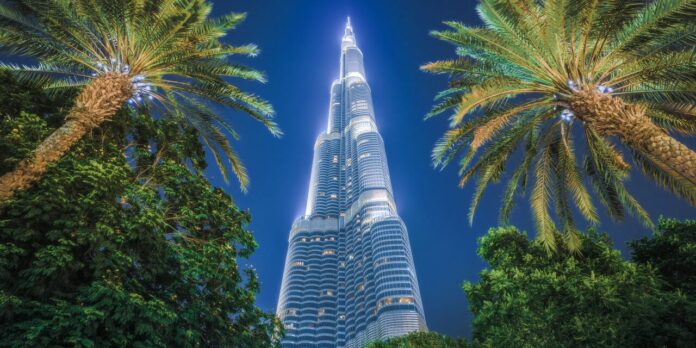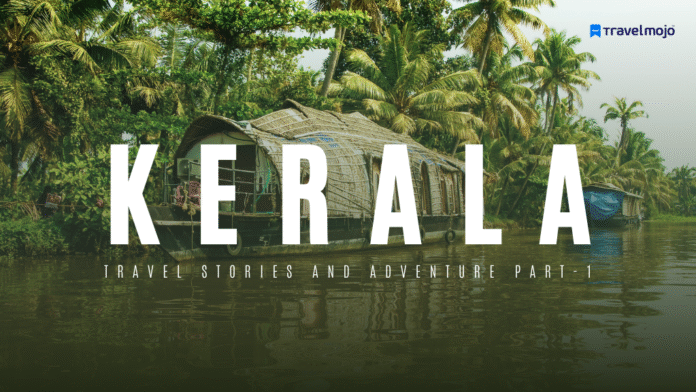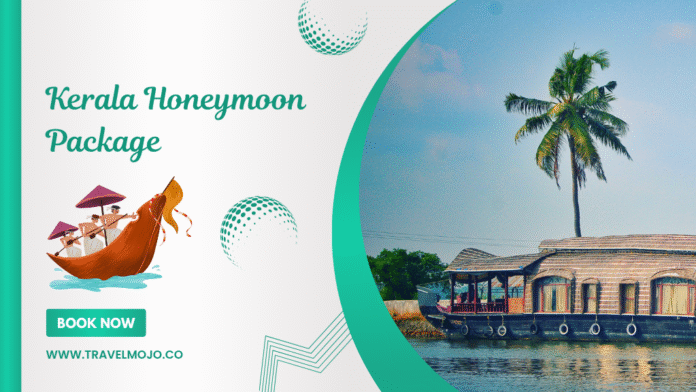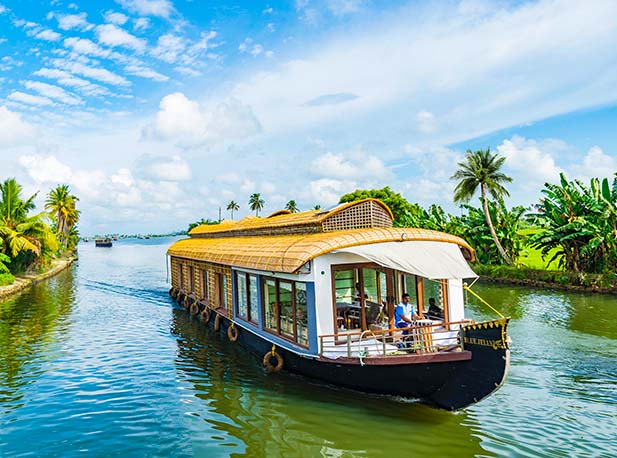Nestled on the Red Sea’s eastern shore, Al balad Jeddah is a living museum a historic quarter where time seems to slow down, letting you savor the whispers of centuries past. This blog will guide you through the winding alleys of Al-Balad, highlighting must-see photography spots, enriching Islamic landmarks, and the enchanting coral houses and Hijazi architecture that make this place a treasure trove for explorers and shutterbugs alike.
Why Al-Balad Jeddah Captures Hearts
Unlike modern Jeddah, Al-Balad is never just a backdrop, it’s a character. As you weave through its centuries-old lanes, you feel the pulse of Hajj pilgrims, Bedouin traders, and seafaring merchants who once walked these streets. The air hums with stories, and the architecture reflects diverse influences from Ottoman to Indian, all wrapped in the distinctive Hijazi style. Whether you’re drawn to old market bustle or quiet domed mosques, Al-Balad offers layers of discovery.
Hijazi Architecture: A Blend of Style and Function
At the heart of Al‑Balad lies its stunning Hijazi architecture, a regional style born to stand strong against coastal heat and humidity. Notable features include:
- Mashrabiya windows: Intricately carved wooden screens that allow air circulation while preserving privacy.
- Rawashin: Traditional wooden balconies that jut out elegantly, offering shady refuge and street views.
- Coral stone walls: Locally sourced from the Red Sea seabed, these walls help keep interiors cool and emit a soft pink glow at dusk.
- Courtyard homes: Private, inward-looking spaces that serve as urban oases, embraced by the busy city beyond.
Spend time gazing up at the ornate lattices or running your fingers along the coral stones, it’s a tactile reminder of craftsmanship and necessity converging.
Coral Houses: Architecture That Breathes
The so-called coral houses crafted entirely from fossilized sea coral are a distinctive hallmark of Al-Balad’s charm. From afar, their facades glow; up close, the porous texture and pastel tones become mesmerizing.
- House of Nasif shines as an architectural icon with elaborate rawashin and coral-carved balconies.
- House of Fakieh features traditional gates and mashrabiya screens, quietly exuding history.
- Gabel Al‑Shomoukh shows a fusion of Ottoman arches and eastern windows.
These houses aren’t just photogenic, they embody ingenuity. The coral masonry acts like sponge walls, regulating temperature and humidity. For photographers, the interplay of light and shadow across the weathered stone is irresistible, especially during the golden hour.
Old Market (Souq): Bustling Commercial Life
The old market in Al-Balad crackles with life. A heady mix of spices, dates, Arabic perfumes, textiles, and Ramadan lamps awaits. Envision:
- Shouting vendors calling out prices in Arabic.
- Strings of carpets and fabrics hanging from wooden beams.
- Clusters of lanterns casting a soft glow after dark.
- Children threading through legs, curious about visitors.
Every turn offers a unique shot: the curve of spice sacks, perfumed steam from coffee pot kettles, or a merchant’s smiling handshake in front of his stall. It’s not merely commerce, it’s a visual feast embedded with local culture.
Photography Spots: Picture-Perfect Moments
Al‑Balad is a photographer’s dream. Here are the top spots you shouldn’t miss:
| Location | Why It’s Photogenic |
|---|---|
| Bab Makkah (Makkah Gate) | Majestic stone entrance that marks tradition meeting modernity |
| Rawashin Rows | Wooden bay windows casting repeating patterns in sunlight |
| Cobbled Alleyways | Textured pathways lined with coral buildings that frame vibrant scenes |
| Courtyard Interiors | Private sanctuaries with tranquil water features and ornate doors |
| Mosques & Minarets | Timeless domes and pointed minarets rising above clusters of rooftops |
| Street Life in Souq | Lively vendors, handwoven textiles, steaming teas—untamed vitality |
| Sunset Over the Sea | Rooftop vantage points offering surreal silhouettes and dramatic skies |
Tips for photographers:
- Aim for early mornings or late afternoons when light is soft and warm.
- Use a wide-angle lens for alleyways and a telephoto lens to isolate architectural details.
- Arrive just before sunset, watch the coral facades shift from warm gold to dusty rose.
Islamic Heritage: Spiritual Layers in Stone
Al‑Balad carries deep Islamic heritage, its stones resonating with centuries of devotion, learning, and Hajj pilgrims’ arrival in Jeddah. Noteworthy sites include:
- Al-Shafi’i Mosque: Claiming roots from Imam al-Shafi’i’s time, this modest but centuries-old mosque connects you to an early Islamic scholar.
- Qabil Mosque: With its graceful minaret and spacious courtyard, it’s both calm and architecturally refined.
- Al-Mabani Complex: Once a center of Islamic learning, its ancient library and prayer areas bear the marks of scholars and seekers.
- Pilgrimage Gateways: Al-Balad was a major stop for pilgrims en route to Mecca; old buildings near the port still echo with memories of welcoming strangers and caravans.
As you weave between spiritual sanctuaries and daily life, you’ll feel how Islam shaped not only the architecture but also the communal pulse and civic pride of old Jeddah.
Cultural Summer Events & Guided Tours
Visiting between March and October? Al-Balad comes alive with cultural events like:
- Heritage Nights: Showcasing Hijazi folk music, traditional crafts, and theatrical performances.
- Photography Walks: Guided tours for amateurs and pros, pairing history lessons with composition tips.
- Ramadan Market Evenings: A feast for the senses, open until late, with live music and lantern-lit streets.
- Coral Restoration Workshops: Learn about efforts to preserve coral-built houses with community guides.
Check the Jeddah Heritage Authority’s calendar timing your visit with cultural festivals dramatically enriches both visuals and experience.
Travel Tips: Blend Respect with Exploration
- Timing: Visit during Ramadan or midsummer when the market and lights are most dramatic.
- Dress Code: Modest clothing suitable for cultural sites think linen pants and shawls.
- Local Guides: Hiring a guide versed in Hijazi history and Islamic heritage creates deeper connections and facilitates photo access.
- Permissions: Ask before photographing people, show respect and human warmth.
- Staying Overnight: Boutique guesthouses in coral houses offer immersive heritage stays; fall asleep under mashrabiya-patterned shadows.
Final Thoughts: More Than a Destination
Al Balad Jeddah is not a relic it’s a living story. Each coral block tells of artisans, each prayer hall murmurs centuries of devotion, and every painted door invites you deeper. Whether you’re a photographer chasing light and nostalgia, a culture seeker tracing Hijazi roots, or a curious traveler longing for meaningful memory, Al‑Balad delivers.
FAQs
-
What is Al-Balad Jeddah famous for?
Al Balad Jeddah is famous for its historic charm, traditional Hijazi architecture, coral stone houses, and vibrant old markets. It’s a UNESCO World Heritage site and one of the best places in Saudi Arabia to experience authentic Islamic heritage and pre-modern Arabian urban design.
-
What are the best photography spots in Al-Balad?
Top photography spots include:
1- The rawashin-covered coral houses
2- Bab Makkah Gate
3- The narrow alleyways with cobblestone paths
4- Historic mosques like Al-Shafi’i Mosque
5- Rooftop views at sunset for panoramic old town shots -
Can tourists visit inside the coral houses?
Yes, several coral houses in Al-Balad, such as Beit Nasif and Beit Al-Fakieh, are open to the public as museums or cultural centers. These houses showcase traditional Hijazi interiors and sometimes host exhibitions or heritage events. It’s recommended to go with a guide or during open heritage days for full access.
-
Is Al-Balad suitable for family visits?
Absolutely. Al-Balad is family-friendly, with plenty of pedestrian-only areas, interactive cultural events, and safe open spaces. Children often enjoy the bustling souqs, food vendors, and traditional street performances, especially during weekends or national festivals.
-
When is the best time to visit Al-Balad Jeddah?
The best time to visit is during cooler months (November to March) or during Ramadan nights when the old town is beautifully lit and culturally active. Arrive in the early morning for fewer crowds or in late afternoon to catch golden hour photography and experience the vibrant evening atmosphere.





